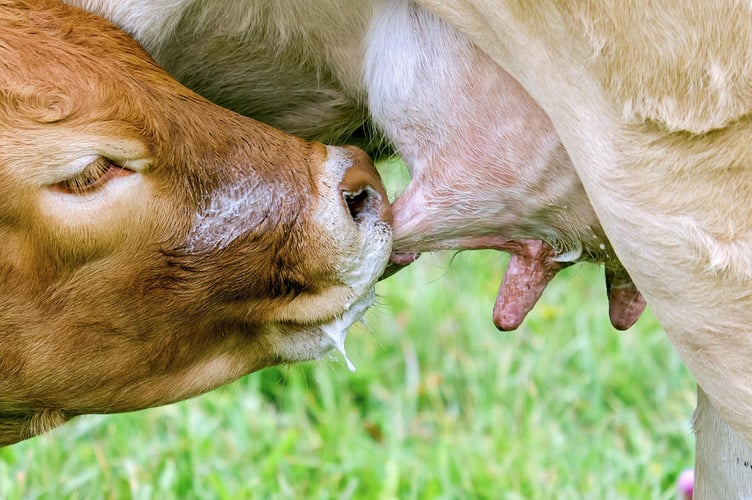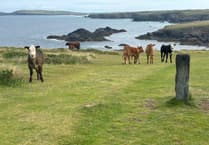Mastitis is an expensive disease, with recent figures showing it could be costing the average dairy farmer just under £300 per cow.
With the average UK rate in 2020 being 28 cases per 100 cows per year, this would end up costing a 200 head dairy farm £16,800 a year...and that’s not even accounting for reduced yields in subclinical cases!
Studies have shown that 60% of all mastitis cases can be traced back to the dry period on some farms.
With this number being so high, it is easy to see the importance in focusing on the dry cow when reducing mastitis incidence on your farm. Below are the key areas that will reduce the number of mastitis cases around the dry period:

1) Eliminate infection at drying off: Creating a selective Dry Cow Therapy list is an important step to take to ensure only cattle that need antibiotics at dry off are receiving them such as chronically infected cows and animals with high cell counts. This helps to limit the overuse of antibiotics in animals that don’t require them – in these cases only a sealant in necessary.
Milk recording data as well as on farm software can be used to help aid these decisions and it is important to have a discussion with your vet to create a custom plan to suit your farm. Whether antibiotics or just sealants are being used, it is extremely important to be hygienic at dry off. If this is not done correctly, infection can be introduced into the udder leading to mastitis (see overleaf for our guide to 10 Steps to Ensure Good Hygiene at Dry Off).
2) Choosing your dry cow tube: Approximately 62% of isolated mastitis-causing agents are resistant to at least one antimicrobial. Culture and sensitivity results from your farm are crucial to make sure the correct dry cow tube is being used to give your cows the best chance at making a full recovery before next lactation. Samples can be taken and stored on farm to be analysed if there is any concern over resistance.
3) Preventing new infections in the dry period: In loose housing there should be a minimum space of 1.25 m2 per 1000 litres herd average production, with fresh bedding added daily and loafing areas regally scraped. If cubicles are used, aim for at least 20% more cubicles than cows. Adequate food and water provision is vital in the dry period, with cows in late gestation requiring 80cm feed space and 10cm of water space per animal.
4) Maximizing the immune system: Stress has a big role in reducing immune function. It is important to minimise stressful situations such as heat stress, dietary changes, transportation, and general husbandry procedures. These are known to decrease the immune system which leads to inflammation and an increased susceptibility to disease. Vaccinations are also available.
StartVac has been proven to reduce the incidence of subclinical mastitis and the incidence and severity of clinical cases caused by Staph Aureas, Coliforms and coagulase-negative Staphs.
It is important to know what the major pathogen is on your farm before thinking about vaccination to make sure the right vaccine is chosen for you.
5) Having a strong culling policy: Risk factors for mastitis of dry period origin include age, with older cows being more susceptible, and poor teat end condition. This can be caused by several factors including teat end shape and skin condition. This damage can lead to bacteria being more difficult to remove from the teat. For example cracked teats are 1.8 times more at risk of picking up new infections during the dry period. If possible, high-risk cows such as repeated mastitis cases or chronic mastitis cases as well as poor teat conformation/condition should be culled to help reduce mastitis cases. Even if your mastitis is reduced by 10% this could be saving you thousands of pounds a year in treatment costs, reduced milk yields and wasted milk.
Speak to your vet and a tailored mastitis control plan can be put in place for your dairy to help combat this controllable disease.





Comments
This article has no comments yet. Be the first to leave a comment.